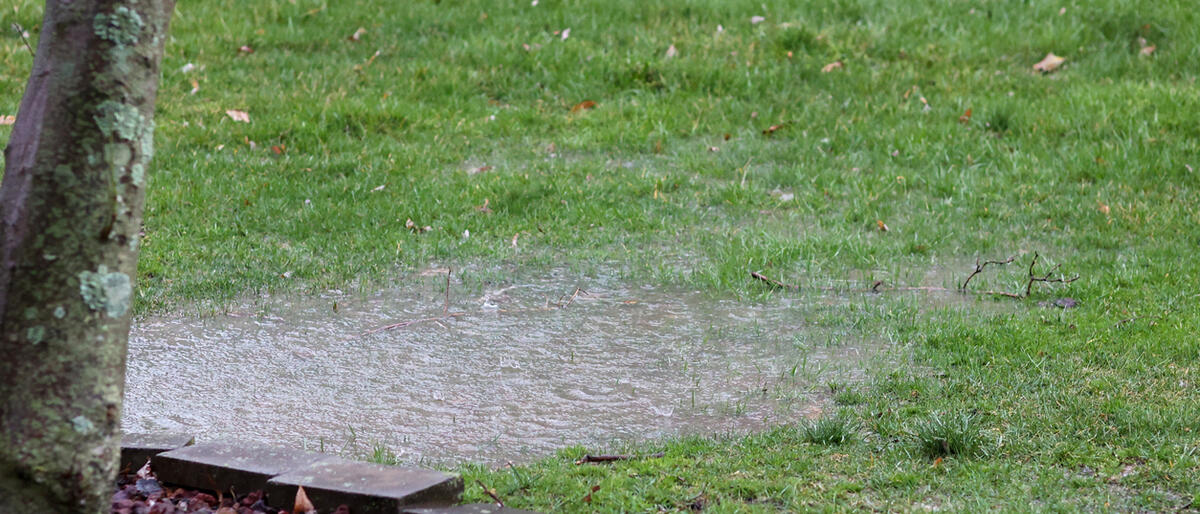Effective Landscape Drainage: A Guide to a Beautiful and Functional Outdoor Space


Creating a stunning landscape involves more than just choosing the right plants and hardscape elements. One crucial, often overlooked aspect is landscape drainage. Proper drainage not only ensures the health of your plants but also prevents water damage to your property. We'll delve into the world of landscape drainage, uncovering the secrets to maintaining a beautiful and functional outdoor space.
Preserving the health of your soil and preventing erosion are pivotal reasons why landscape drainage is crucial. Effective drainage ensures that water flows harmoniously through the soil, nurturing plant life and preserving the integrity of your outdoor haven.
Recognizing indicators like persistent puddles or the unwelcome growth of mold and mildew unveils the potential pitfalls of inadequate drainage. These signs prompt a closer look at how water is managed within your landscape.
Various drainage solutions play specific roles in addressing diverse landscape challenges. From the versatile French drains to surface drains strategically placed in problem areas, understanding these systems empowers homeowners to make informed decisions about their landscape design. A licensed professional can help you determine the best drainage solution for your specific landscape and problem area.
Design principles and tactics proven effective in other sections of a landscape can be seamlessly applied to gardens in damp environments. This includes skillful combinations of plants in visually appealing groupings, incorporating textural layers vertically to establish a compelling visual hierarchy, introducing a diverse palette of colors and textures for added visual intrigue, and unifying the overall design through a consistent style.
Whether rejuvenating a moderately moist location or tackling a seasonally saturated area, the most suitable design type and style is contingent upon factors such as the area's size, the frequency and duration of wet conditions, the consistency of moisture levels (given variations in water depths and conditions within the space), and the fluctuating levels of sunlight and shade.
By skillfully integrating all these elements, you'll find yourself well-equipped to not only address but also transform the challenging wet areas in your yard into purposeful assets.
Plants that will do well in soggy yards will vary greatly depending upon a variety of factors such as the intensity of the moisture and if it's year-round. Also, planting considerations may limit the plants that can be used within your space. Because each yard is so unique, we highly recommend a professional assessment and planting design to get the best plan for your landscape.
Enlisting the expertise of a landscaper becomes paramount when drainage issues persist or become complex. Additionally, regular maintenance practices, such as monitoring and adjusting the grading and slope of your outdoor space, play a pivotal role in sustaining effective drainage over time.
By appreciating the significance of proper landscape drainage and incorporating suitable solutions, you can transform your outdoor space into a thriving, visually appealing haven. This journey toward a beautiful and functional landscape is an investment that pays dividends in both the aesthetic and practical aspects of your outdoor living. Stay tuned for more insights on cultivating the perfect outdoor environment for your home.